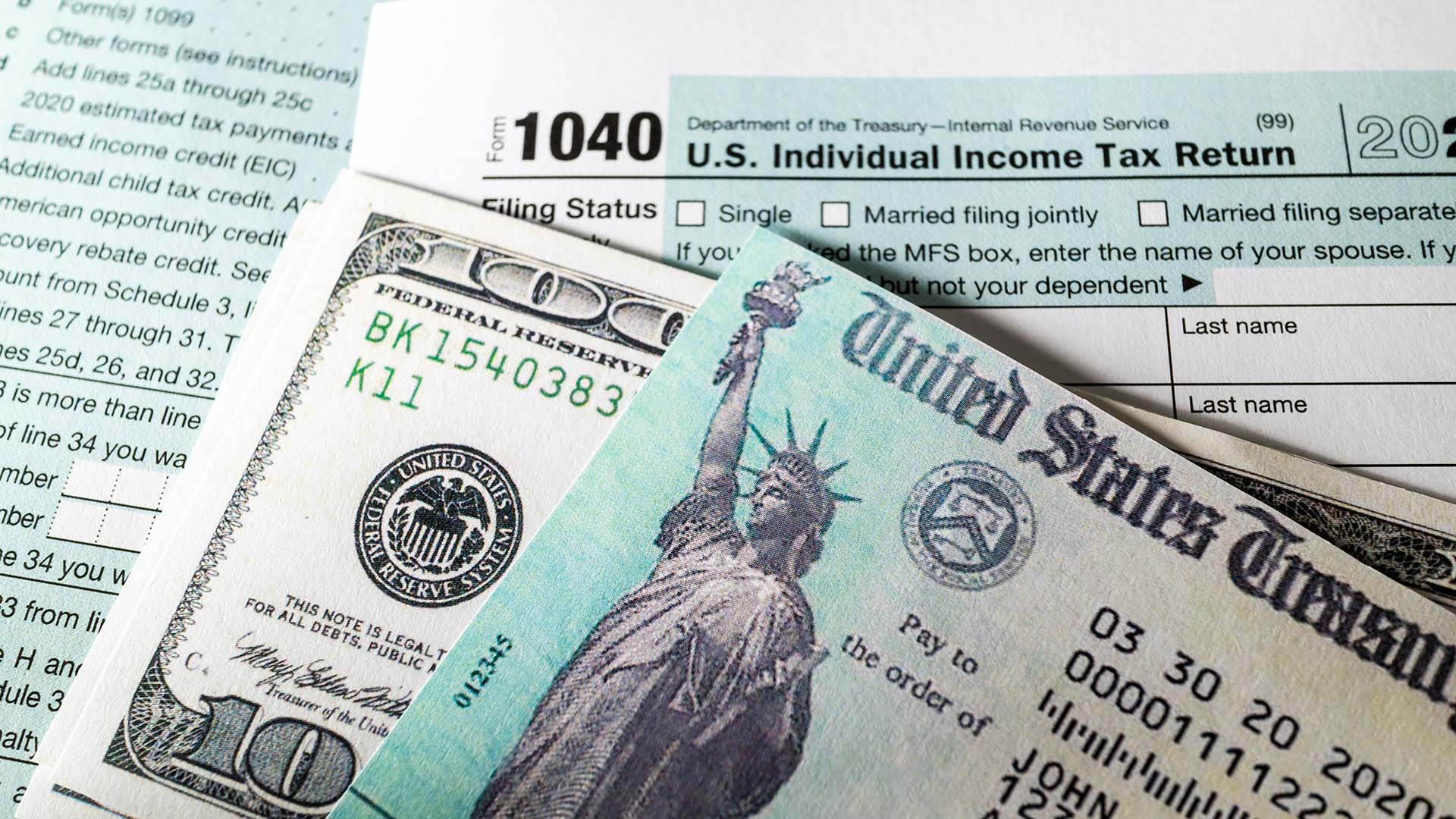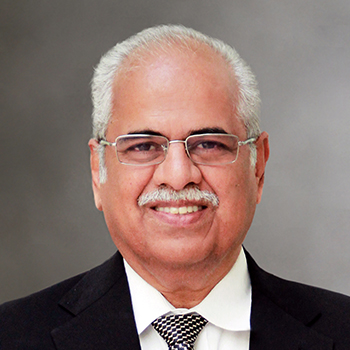The uncoupling of America
America’s population of single people is vibrant and growing fast – so why are our institutions and culture so slow to respond?

This is not another “How to Survive Valentine’s Day If You’re Single” feature. Nor will we tell you “Why It’s Actually Awesome to Be Single on Valentine’s Day!” These seasonal listicles reinforce a culturally powerful but outdated concept: that coupledom is the norm and being single is somehow a problem to be fixed.
On the contrary, the demographic shape of our country show that remaining uncoupled is an increasingly attractive lifestyle choice. Almost 36 million Americans now live in one-person households, up from 6.9 million in 1960. More than half of Americans ages 18-34 do not have a steady romantic partner. And we are marrying later, while marriage rates themselves are steadily tumbling.
“The fairy-tale ideal of ‘happily ever after’ is very hard to shake,” says Randi Smith, psychology professor at Metropolitan State University of Denver. “Long-term monogamous relationships have been the cultural norm for so long – even though 50% of marriages end in divorce – that all other choices can seem like failures.”
Old stereotypes, tired double standards
As the slew of cringey Valentine’s Day posts circulating on social media indicate, America doesn’t quite know what to do with single people.
Hoary old stereotypes still prevail: Single people are irresponsible, lonely, unhappy and unhealthy; they would love to marry but are too self-centered to make a relationship work.
“Unfortunately, the public remains quite suspicious of uncoupled adults,” Smith says. “For many, a monogamous relationship represents maturity and stability, so the absence of a partner must mean something is wrong.”
So much for perceptions. Here are some facts: Research shows that a historic number of single Americans today have not only never married but don’t see it as a priority. As a demographic group, single people volunteer more and are also healthier than those in relationships. Increasingly, new research is contesting the old staple that marriage automatically makes you happier.
And there’s something else pretty much everyone agrees on: Single women have it much worse than single men.
“The double standard remains a powerful force in our culture,” says Smith. “While men are seen as designers of their own singleness, single women are presumed to have been somehow left out of life’s matching game – and so, poor them. Female sexuality is still policed and judged.”
Generational change
Despite the demographic single surge in recent decades, the overwhelming majority of U.S. laws and regulations still revolve around marriage and family. More than 1,000 laws provide overt legal or financial benefits to couples.
“Our laws change very slowly,” says Christina Peters, economics professor at MSU Denver, “so they have a hard time keeping up with a rapidly changing demographic landscape.”
What’s more, she says, there’s little pressure for change from older people, who vote more and are more likely to be married. “It’s not surprising that our current laws reflect current voters’ interests,” Peters says. “Though as this younger generation grows older, things might start to change.”
But for now, at least, the fix is in. Married people get many more tax benefits, including the joint return. Social Security gives them a bonanza of late-life perks, all denied to the single person. And here’s another little-known benefit of getting married: You instantly become a better, safer driver (or at least that’s what the lower insurance premiums would suggest).
All this looks a lot like blatant pro-family social engineering. Is it? “Yes,” Peters says. “The government explicitly designs public policy to encourage the institution of marriage because that means more children. In an era of declining population growth, many countries are promoting fertility through federal policy.”
In fairness, there is some historical justification for such handouts. Many U.S. tax and pension laws were designed when most women did not work outside the household. “These benefits were meant to ensure that widows and children would be supported if the head of household passed,” Peters says.
But that was a lifetime ago. In today’s America, filled with working women and productive single people, the current setup can seem overly punitive and outdated.
Today, millions of Americans seem perfectly happy with independent living.
And in the future? As single people become more of an established social and spending force in future years (which current trends suggest will happen), Peters is hopeful that perceptions will change.
“For one thing,” she says, “I’m absolutely confident that businesses will evolve to better accommodate single people, given their substantial disposable incomes.”
And if the percentage of Americans getting married continues to fall, she also thinks systemic change must follow: “I believe the government will eventually respond to its citizens’ desires, even if those changes take some time to work through the system.”
That sounds like progress. It also might help to finally dismantle those time-worn tropes about poor singles being unlucky in love. And the best thing about that?
No more dumb Valentine’s Day stories!







